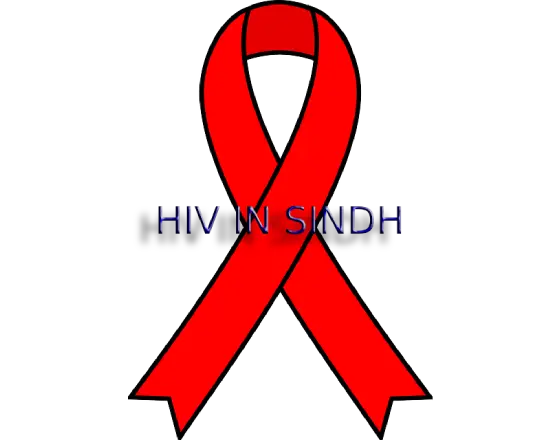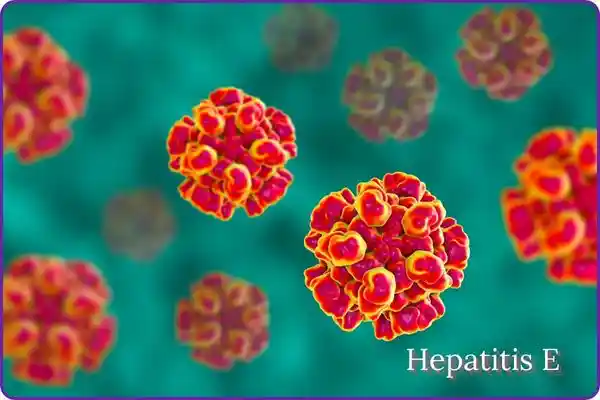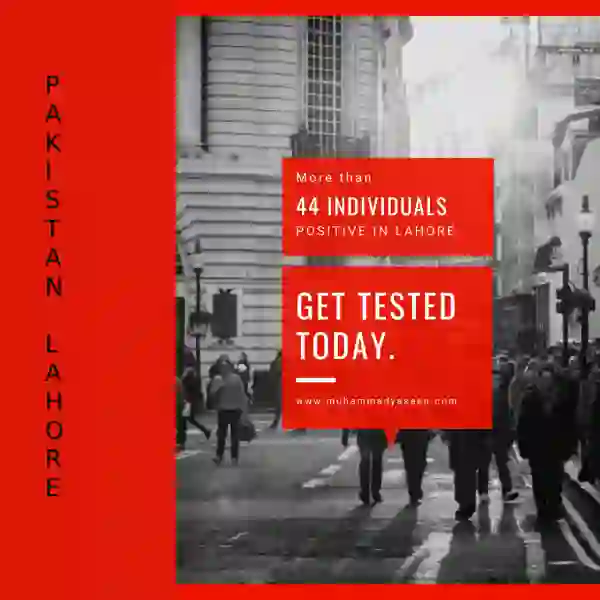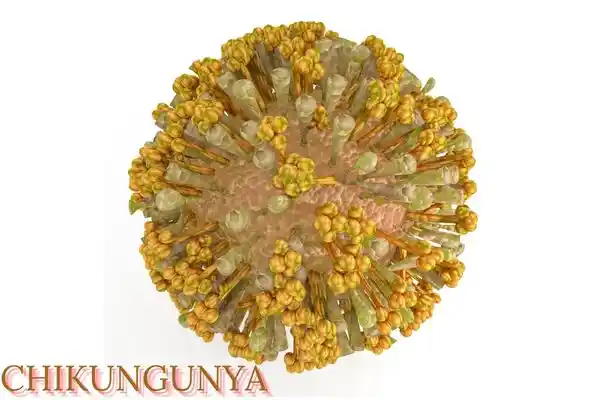Understanding the reason behind the HIV Transmission in Sind

Sindh, a province in Pakistan,is grappling with a concerning epidemiology of HIV that differs from conventional patterns of transmission. In particular, the outbreak in Larkana and Ratodero in 2019,the city of Zulifquar Ali Bhutto and Benazir Bhutto the leading popular politician of Pakistan, which raised alarm bells, had its roots in factors distinct from sexual activity.
This article aims to provide a comprehensive overview of the HIV situation in Sindh We will delve into the causes of the outbreak and identify the high-risk and vulnerable groups, all while considering the influence of Sindh’s rich tradition.
The root cuses
In May 2019, Sindh witnessed a sudden and alarming outbreak of HIV in Larkana and Ratodero. The gravity of the situation prompted the government to seek assistance from the World Health Organization in investigating and controlling the crisis.
While the WHO-led team’s endeavors were fruitful, it was discovered that the root cause of this outbreak lay in repeated and unsafe medical practices, notably the reuse of syringes and needles without proper sterilization. This revelation unveiled a unique epidemiological challenge that needed urgent attention.
Unconventional Practices
The Mehran valley is an old civilization ,dates back 5000 BC ,is very traditional and people are practicing norms with great esteem and dignity.The HIV transmission in Sind is not a primerly due to sexual intercourse , rather a closer look at Sindh’s sociocultural landscape reveals unconventional practices that contribute to the HIV epidemic:
Non professioal practices by the barber and beauticians

The “Unethical Salon Practices” ” Beauty parlors and salons ” in Sindh have become a breeding ground for HIV transmission in Sindh due to the reuse of contaminated grooming equipment, such as razors and scissors. Clients unknowingly risk infection during routine grooming sessions and cutting of beard and hair at these traditional unprofessional barbers and beauticians.
Unregulated Quacks:
The presence of unqualified medical practitioners, known as “quacks,” poses a significant threat. These practitioners operate without oversight, using unsterilized equipment and providing services that place clients at risk of HIV and other infectious diseases.
Role of Paramedics:
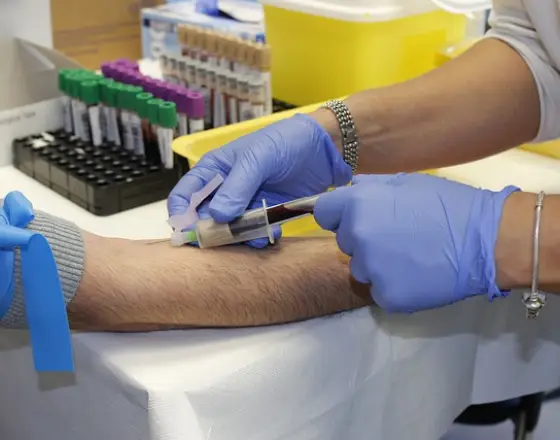
Paramedics play a crucial role in delivering healthcare in remote and underserved areas. However, their limited training and supervision inadvertently contribute to the spread of HIV, emphasizing the need for comprehensive training and oversight.
Lack of Awareness:
A considerable challenge in the battle against HIV in Sindh is the lack of public awareness. Many individuals are uninformed about HIV transmission and prevention, making them susceptible to the virus.
Sindh’s Traditional Values and the HIV Epidemic
Sindh’s deeply rooted traditions, while culturally significant, have also played a role in shaping the HIV epidemic. Traditional practices, such as the use of injections in medical treatments, have inadvertently contributed to the outbreak. Traditional beliefs may hinder the acceptance of modern healthcare practices and awareness campaigns.
High-Risk and Vulnerable Groups
Understanding the unique epidemiology of HIV in Sindh, we can identify the high-risk and vulnerable groups:
People Receiving Medical Injections:
Individuals who require medical injections are particularly vulnerable to HIV transmission in Sind. The reuse of unsterilized needles and syringes in healthcare settings poses a grave risk.
Unprotected Sexual Activity:

Sindhi poeple feel ashamed when they go to a medical store to buy the condom,a contraceptive device for sexual purpose they are usually hesitating while asking for safe use of condom or protective gear for sexual intercourse .Those engaging in unprotected sexual activity, while a global risk factor, remain vulnerable to HIV transmission in Sindh.
Sharing Contaminated Needles:
Sharing contaminated needles, especially among drug users, is a significant concern in the province and is the main root cause of the HIV transmission in Sind.
Lack of Awareness:
The lack of awareness about HIV transmission in Sind and prevention, particularly in the affected areas, makes the general population susceptible to the virus.People often lack awareness of good hygiene practices, and it’s common for them to drink from a shared container without considering hygiene when sharing potable items
Conclusion
The complex epidemiology hiv transmission in Sind influenced by both traditional values and unconventional practices, requires a multifaceted approach. To combat the epidemic effectively, regulatory measures, public health campaigns, access to quality healthcare, ongoing education and training, and a recognition of the impact of tradition on healthcare practices are essential. By addressing these issues comprehensively, we can hope to reduce new HIV infections and provide better healthcare to the people of Sindh while respecting their rich cultural heritage.

